Exploring the world of interior design, there’s nothing quite as captivating as the rise of quirky home decor trends. These unique styles not only redefine how we view our living spaces but also reflect a growing desire for individuality and creativity. From bold color palettes to unconventional furniture arrangements, quirky home decor trends for 2023 promise to transform traditional spaces into visually stunning havens. Whether you’re aiming to refresh your abode or simply gain insight into what’s next, this article delves into the latest quirks in home decor, blending historical influences with forward-thinking designs. Discover how these trends are redefining modern aesthetics and offering fresh perspectives on how we live.
Key Takeaways
- Modern Minimalism offers a sleek, clutter-free look with clean lines and neutral palettes, creating a serene atmosphere.
- Bohemian Eclecticism brings vibrant colors and global textures, perfect for personalized, visually striking spaces.
- Rustic Meets Industrial combines warmth with edginess via exposed brick and metal accents, ideal for eclectic interiors.
- Sustainable Design focuses on eco-friendly materials and energy-efficient appliances for a healthier living environment.
- Bold Color Statements transform homes with jewel tones and statement walls, adding vibrancy and personality.
- Geometric and Textured Finishes add depth with patterns and textures, featuring abstract art and 3D panels.
- Multi-Functional Furniture is essential for small spaces, offering versatility with pieces like modular sofas and Murphy beds.
- Avoid Outdated Colors by steering clear of dark or avocado greens, opting for brighter, neutral tones.
- Update Furniture Style to avoid bulky pieces; pair minimalist designs thoughtfully for a modern look.
- Enhance Lighting with natural light and avoid yellow-tinted bulbs or excessive ornate fixtures.
- Refresh Flooring and Countertops with replacements to avoid worn carpets or outdated surfaces.
- Upgrade Appliances to stainless steel or integrated models for a contemporary feel.
- Revitalize Decor Details by updating heavy drapes and incorporating modern artwork.
- Improve Furniture Arrangement with balanced, avoids clunky pieces and sparse setups.
- Update Personal Items by swapping old photos for modern art to maintain a fresh look.
- Integrate Smart Technology to keep up with modern demands and enhance home features.
- Timeless Designs Include minimalist for simplicity, traditional for comfort, industrial for urban aesthetics, and mid-century modern for unique blends of past and future influences.
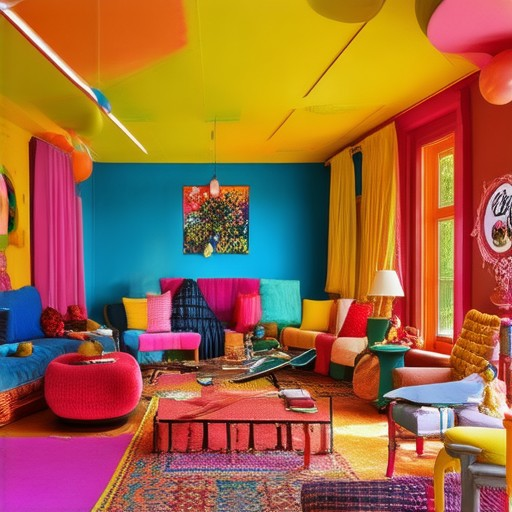
The 3-5-7 Rule in Decorating
The 3-5-7 rule is a simple yet effective guideline for decorating a room thoughtfully and aesthetically. Here’s how it works:
- Three Categories : Divide your space into three distinct categories:
- Primary Elements : Large-scale items like sofas, tables, or bookshelves.
- Secondary Elements : Medium-sized items such as lamps, vases, or curtains.
- Accent Items : Small-scale decorations like artwork, plants, or throw pillows.
- Five in Each Category : Within each category, aim to have five items. This ensures a balanced composition without overcrowding. For example:
- In primary elements, include a sofa, a coffee table, and two chairs.
- In secondary elements, add a lamp, a decorative vase, and window treatments.
- In accent items, incorporate artwork, a plant, and a few throw pillows.
- Seven Total Items : Summing up, you’ll have a total of seven items across all categories. This rule helps in avoiding a cluttered appearance while maximizing functionality and style.
By following the 3-5-7 rule, you can create a cohesive and visually appealing room that strikes the perfect balance between comfort and sophistication.
What is the Trend in Gen Z Home Decor?
Gen Z’s home decor style is all about mixing playful, unconventional elements with functionality. Their aesthetic often leans toward eclectic, vibrant, and personalized, reflecting their unique perspective on living spaces.
Trends Influencing Gen Z Home Decor
- Maximalist Meets Minimalist: Gen Z is redefining maximalism by layering textures, patterns, and colors while maintaining clean lines and simplicity. Bold statement pieces like oversized artwork and chunky furniture are popular.
- Curved and Wavy Shapes: Rounded, curved, and wavy forms are everywhere. From curved sofas to spherical mirrors, Gen Z loves the whimsical appeal of non-linear designs.
- Sustainable and Repurposed: They prioritize eco-consciousness, often repurposing old items into unique decor pieces. Upcycled furniture and recycled materials are highly valued.
- Colorful and Vibrant Palettes: Gen Z embraces bright, jewel tones and unexpected color combinations. They aren’t afraid to mix bold hues for a lively, energizing space.
- Abstract and Geometric Patterns: Geometric wallpaper, abstract art, and patterned textiles are key elements in Gen Z homes, adding a modern, intellectual touch.
- Personalized and Customized Spaces: Personalization is crucial. Gen Z often adds personal touches through DIY projects, custom wallpaper, and unique decor items that reflect their individuality.
- Blended Seating and Modular Furniture: Flexible, multi-functional furniture is in vogue. Sofas with chaise lounges, modular tables, and convertible pieces allow for versatile spaces.
- Natural and Botanical Elements: Incorporating plants, natural fibers, and organic textures brings a serene, earthy vibe into their homes, balancing the urban environment.
How to Incorporate Gen Z Style in Your Home
- Add curved or wavy elements to your existing furniture.
- Experiment with bold color palettes using complementary hues.
- Consider sustainable materials and upcycled pieces for a eco-friendly look.
- Layer textures and patterns in soft furnishings like throw pillows and blankets.
- Install geometric or abstract wall coverings to add visual interest.
- Pick versatile, multi-functional furniture that adapts to different spaces.
- Accessorize with unique finds from thrift stores or artisan markets.
Gen Z’s home decor style is all about creating inviting, personality-driven spaces that reflect their creative spirit and commitment to sustainability. By blending unconventional elements with practicality, they’re redefining modern home design in a fresh and exciting way.
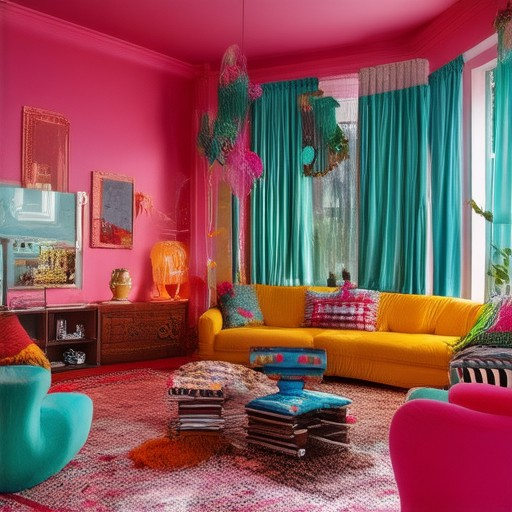
The 2/3 Rule in Decorating
The “2/3 rule” is a simple yet effective guideline for arranging furniture and decor in a room to achieve balance and harmony. Here’s a step-by-step breakdown:
- Divide the Space: Start by imagining your room divided into three equal horizontal sections. These sections will help you visualize where to place your furniture and accents.
- Focus on the Largest Piece: The most prominent item in the room, such as a sofa or sectional, should occupy approximately two-thirds of the vertical space it’s placed against. This ensures the piece feels grounded without overwhelming the space.
- Leave Room for Movement: By reserving one-third of the height for open space, you create breathing room around your furniture, preventing it from feeling cramped or cluttered.
This rule works particularly well in:
- Living Rooms: Arranging seating areas and TV stands
- Bedrooms: Placing headboards or bed frames
- Dining Areas: Positioning tables and chairs
Why It Works: The 2/3 rule balances scale and proportion, ensuring that your furniture complements the size of your room while creating a comfortable environment. It also helps prevent visual clutter and makes the room feel more spacious.
For a cohesive look, pair your main furniture pieces with accents that align with the same 2/3 ratio. For example, if your sofa takes up two-thirds of the wall it’s placed against, your side tables or decorative items can take up one-third of the remaining space.
Need more inspiration? Check out our guide to furniture scaling or explore our color palette ideas for complementary decor finishes!
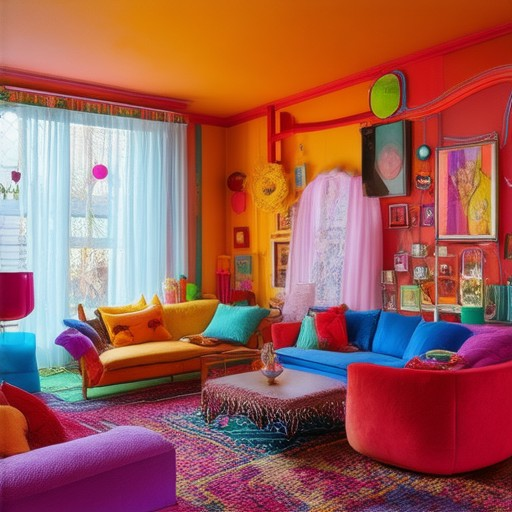
What Home Decor Style is Trending Right Now?
Home decor trends are constantly evolving, reflecting changing tastes and lifestyles. Here are some of the most popular styles circulating in 2025:
1. Modern Minimalism
Modern minimalism continues to dominate, emphasizing clean lines, neutral color palettes, and functional design. Open layouts, large windows, and natural light are highly sought after, creating a serene and spacious atmosphere.
2. Bohemian Eclecticism
Bohemian style is making waves, blending global textures, vibrant colors, and unique artifacts. This style encourages personalization, allowing homeowners to mix mismatched furniture, intricate patterns, and curated accessories for a visually striking effect.
3. Rustic Meets Industrial
Rustic and farmhouse aesthetics are being reimagined with industrial elements. Exposed brick walls, metal accents, and oversized lighting are popular combinations that balance warmth and edginess.
4. Sustainable Design
Sustainability is no longer a niche trend but a mainstay in home decor. Consumers are prioritizing eco-friendly materials, energy-efficient appliances, and recycled furniture, promoting a healthier living environment.
5. Bold Color Statements
Brilliant hues and jewel tones are transforming interiors into bold statements. Statement walls, accent chairs, and decorative objects in rich colors are adding vibrancy and personality to spaces.
6. Geometric and Textured Finishes
Geometric patterns and textured surfaces are adding depth and dimension to walls and furniture. Abstract art, 3D wall panels, and natural fiber upholstery are key elements in this trend.
7. Multi-Functional Furniture
With smaller living spaces, multi-functional furniture is a must. Modular sofas, Murphy beds, and hidden storage solutions are becoming essential for modern, efficient living.
These styles collectively reflect a shift toward personalization, sustainability, and a blend of contrasting elements that create unique and inviting spaces.
What Makes a Home Look Outdated?
A home can look outdated due to several factors, including:
- Color Schemes :
- Overly dark or muted tones can make a space feel gloomy.
- Avocado green, hunter green, and earth tones from the 1970s and 1980s may appear outdated.
- Furniture Style :
- Heavy, bulky furniture from the 2000s can make a room feel cramped and old-fashioned.
- Minimalist designs may clash if paired with older decor.
- Lighting :
- Yellow-tinted bulbs or inadequate lighting can make a space feel dim and outdated.
- Excessive use of chandeliers or ornate fixtures may not align with a modern aesthetic.
- Flooring and Countertops :
- Worn-out carpets or linoleum can signal neglect.
- Original 1980s or 1990s countertops may feel out of place in a modernized home.
- Appliances :
- Outdated refrigerators, microwaves, or ovens can make a kitchen feel behind the times.
- Stainless steel or integrated appliances may offer a more contemporary look.
- Decor Details :
- Heavy drapes or outdated curtain styles can make a room feel stuffy.
- Hanging artwork or mirrors from decades past may not complement a modern interior.
- Furniture Arrangement :
- Clunky, oversized furniture can make a space feel closed-off.
- Sparse, minimalist arrangements may contrast poorly with older decor.
- Personal Items :
- Framed family photos from the 1980s or 1990s may feel out of sync with today’s tastes.
- Modern photography or artwork can refresh the space.
- Technology Features :
- Outdated entertainment systems or cable setups can signal a lack of updates.
- Smart home devices and integrated technology can bring the space into the modern era.
To modernize your home, consider updating paint colors, replacing outdated furniture, enhancing lighting, installing new finishes, upgrading appliances, freshening window treatments, decluttering, adding contemporary art, and integrating smart technology.
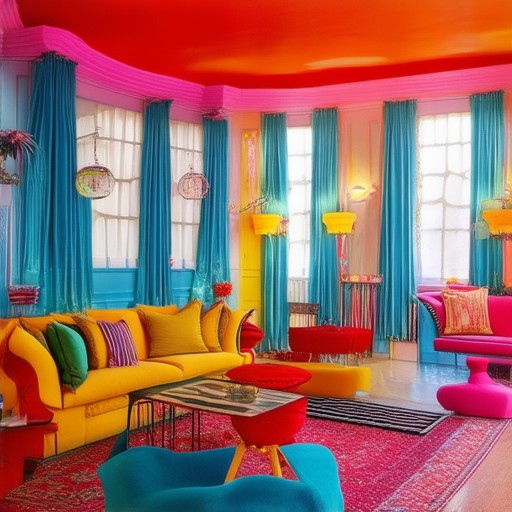
What Home Design Never Goes Out of Style?
When it comes to home design, certain styles have a timeless appeal that continues to resonate with homeowners and architects alike. These designs not only stand the test of time but also adapt to evolving tastes and lifestyles.
- Minimalist Design: Clean lines, open spaces, and a focus on functionality make minimalist homes timeless. Natural materials like wood, stone, and glass are often featured, creating a sense of simplicity and sophistication.
- Traditional Design: Classic architectural elements such as arched doorways, columned porches, and intricate moldings continue to be popular. Traditional designs often incorporate rich textures and warm tones, making them feel enduring and comfortable.
- Industrial Design: With its raw, urban aesthetic, industrial-style homes feature exposed brick walls, high ceilings, and large windows. These elements create a bold contrast between rough and refined, making industrial designs highly sought after.
- Mid-Century Modern Design: Characterized by geometric shapes, vibrant colors, and innovative use of materials, mid-century modern homes remain iconic. Their unique blend of past and future influences ensures they never lose their appeal.
These designs not only reflect historical influences but also incorporate contemporary elements to stay relevant. By balancing classic and modern aesthetics, they adapt to the changing preferences of today’s homeowners.
Conclusion: Timeless home designs are those that balance beauty, function, and adaptability. Whether minimalistic, traditional, industrial, or mid-century modern, these styles continue to inspire and endure, proving that great design knows no bounds.

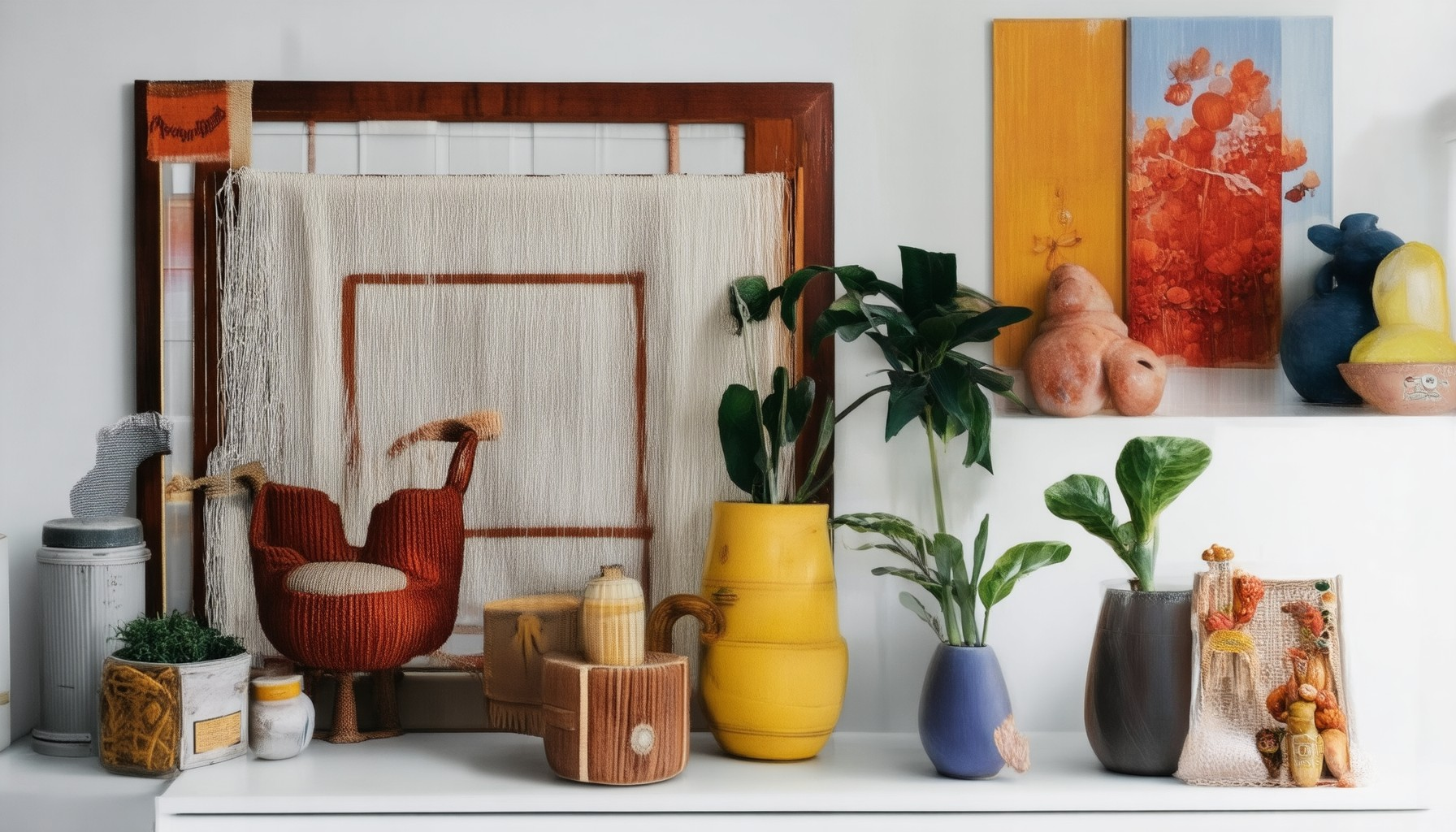
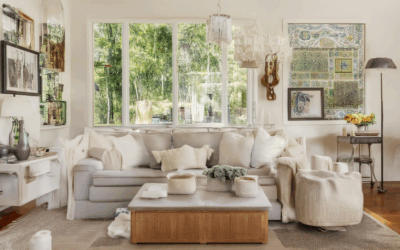

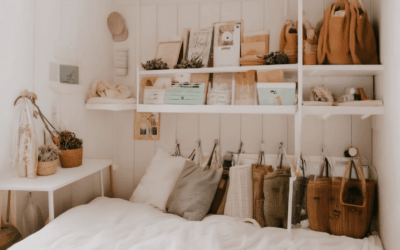
0 Comments